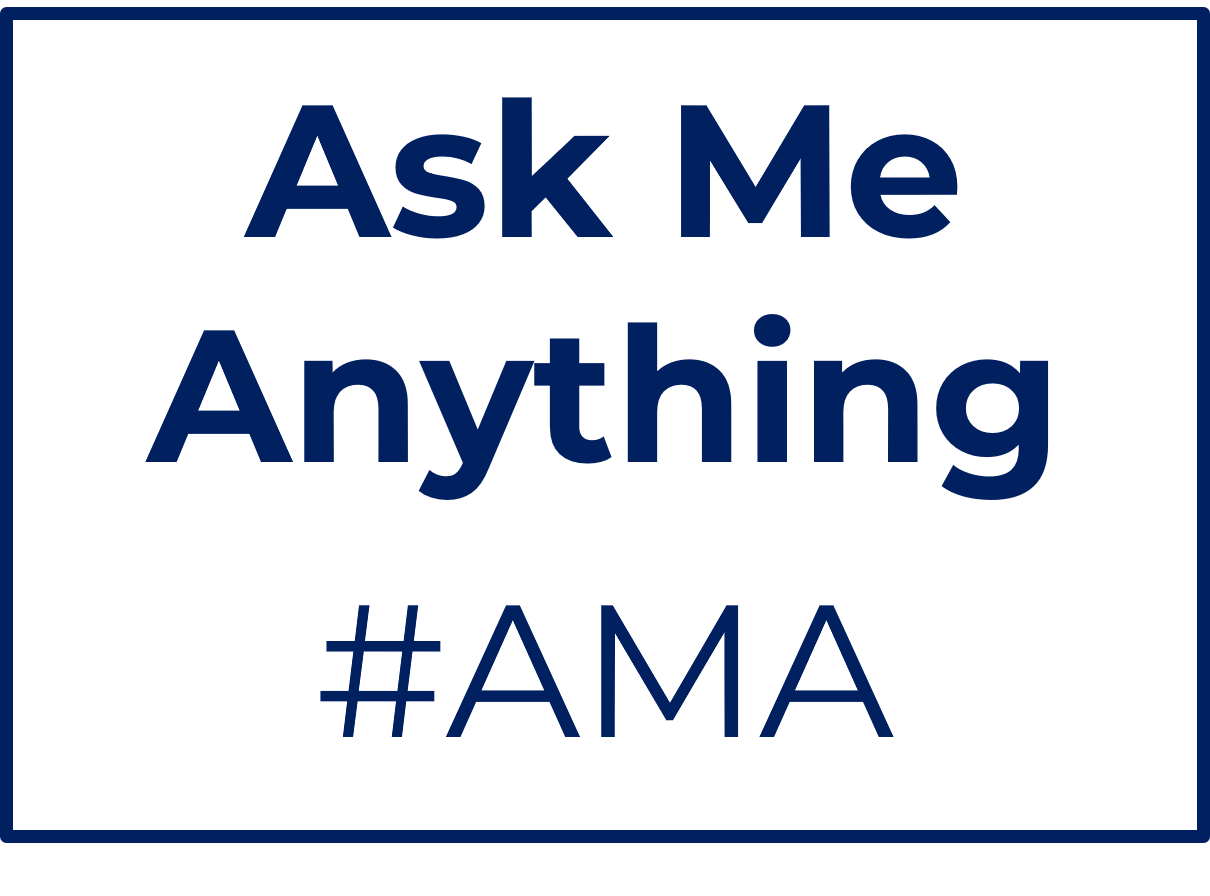Ask me anything

At some point in our lives, we learn that just because something is free doesn’t mean we should take it. Sometimes it means there’s a different kind of price to pay. I once had a roommate try to convince me that a decrepit couch was really a well-made piece of furniture. It was not. It was ugly, uncomfortable, and covered in a fabric that looked like the consummation of burlap and cigarettes. But, it was free.
Many years later, I find myself advertising about a free service – help using the Conservation Blueprint. Along with what we provide on our website, spatial data viewers, webinars, etc., there are actual people whose job is to help others use the Conservation Blueprint. And the Blueprint–with its underlying datasets, connectivity analysis, and regular updates–can be overwhelming. Sometimes people don’t have the time to dig into large amounts of information and tease out what they need, or sometimes they do and still have questions.
As much as we say the words, “we’re here to help”, we live in a world filled with unhelpful help desks. Some of our users tell us they feel like they’ve been given enough information to figure it out on their own. We encourage people to explore the Conservation Blueprint, but we also want to make sure that everyone understands that helping people and organizations use the Blueprint is what our days are meant for. There is no hidden cost of automated replies, unsolicited advice, or ulterior agenda. Helping clear the barriers to get conservation actions on the ground is our mission. And the benefits of user support aren’t one-sided–it’s an exchange. What do we get in return? Invaluable insight about how to improve the Blueprint in the future, and great success stories that help us promote the value of the Blueprint.
This spring, we’re launching a blog series to talk a little bit more about the free support service that comes with the Blueprint. Over the next three months, we’ll talk about what Blueprint user support does, why we do it, and how by helping people we’re furthering a collective vision of a connected network lands and waters. We’ll also answer any questions you have about user support, the Blueprint, or how to get help with a project or proposal. Click here to anonymously ask us anything about the Conservation Blueprint and what we can do to help you use and understand it.